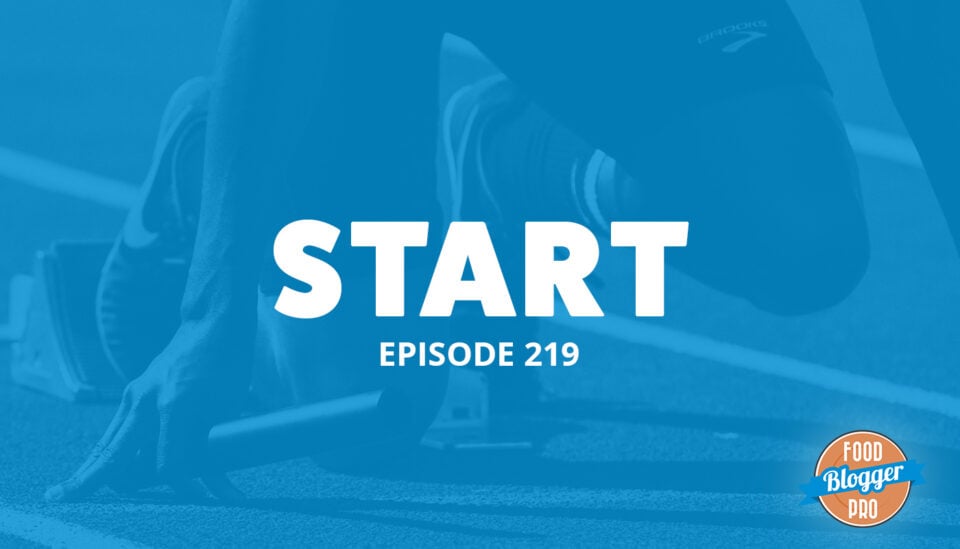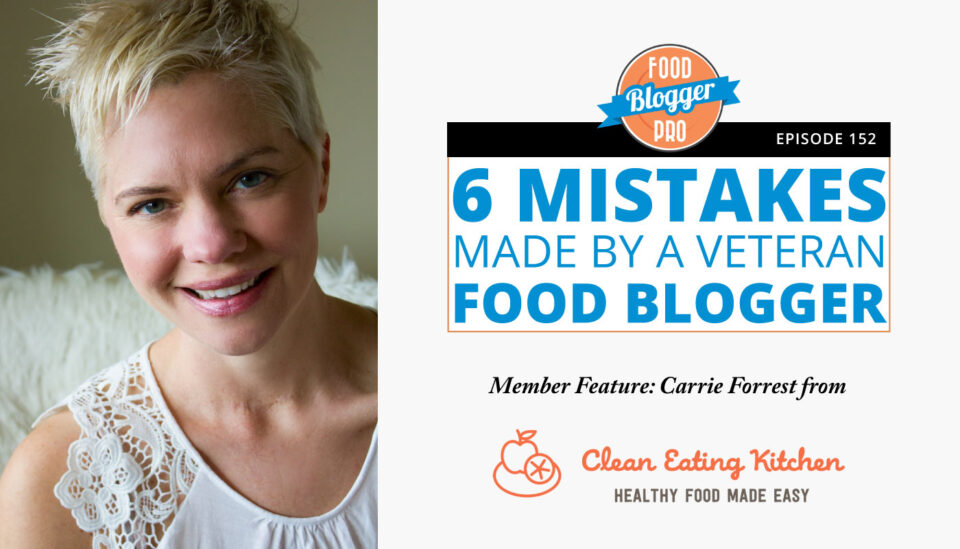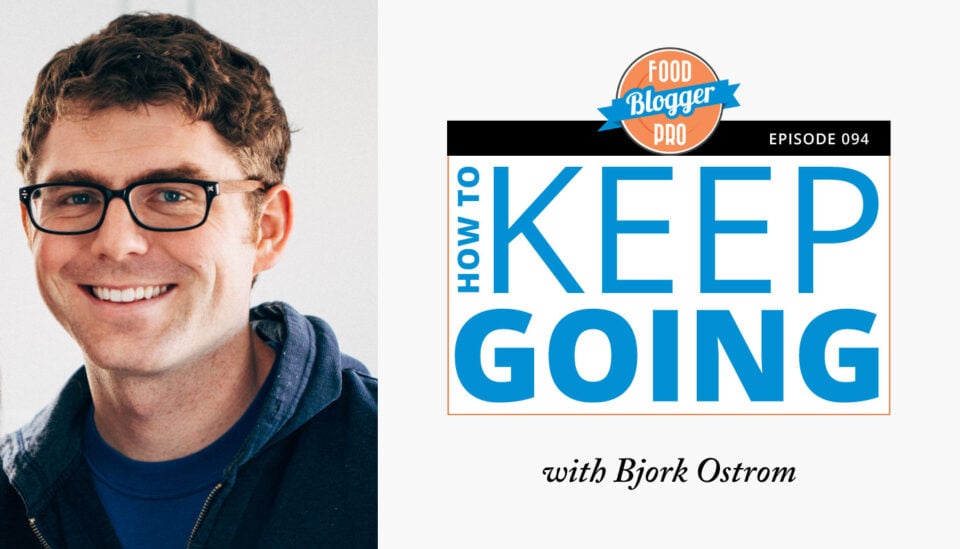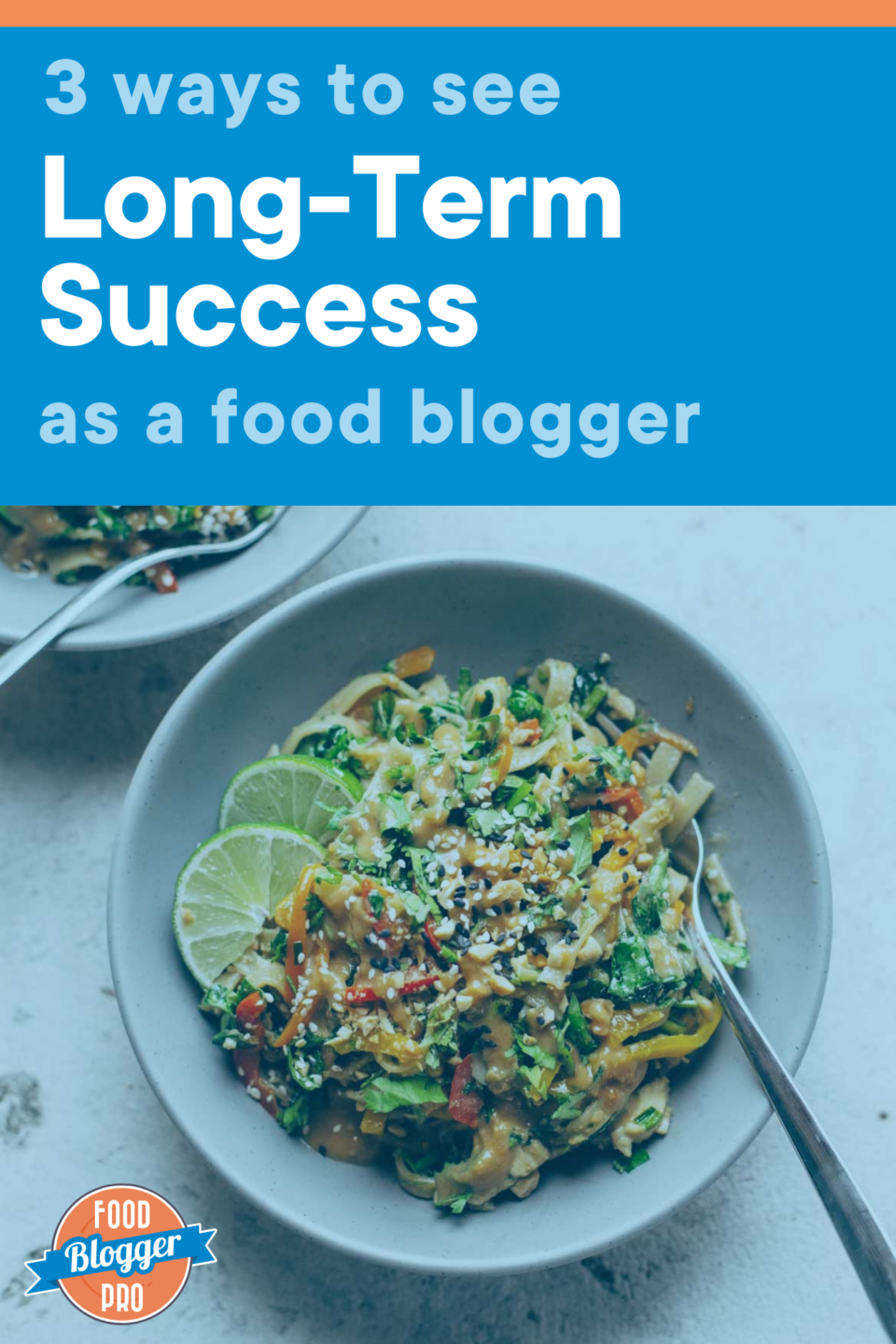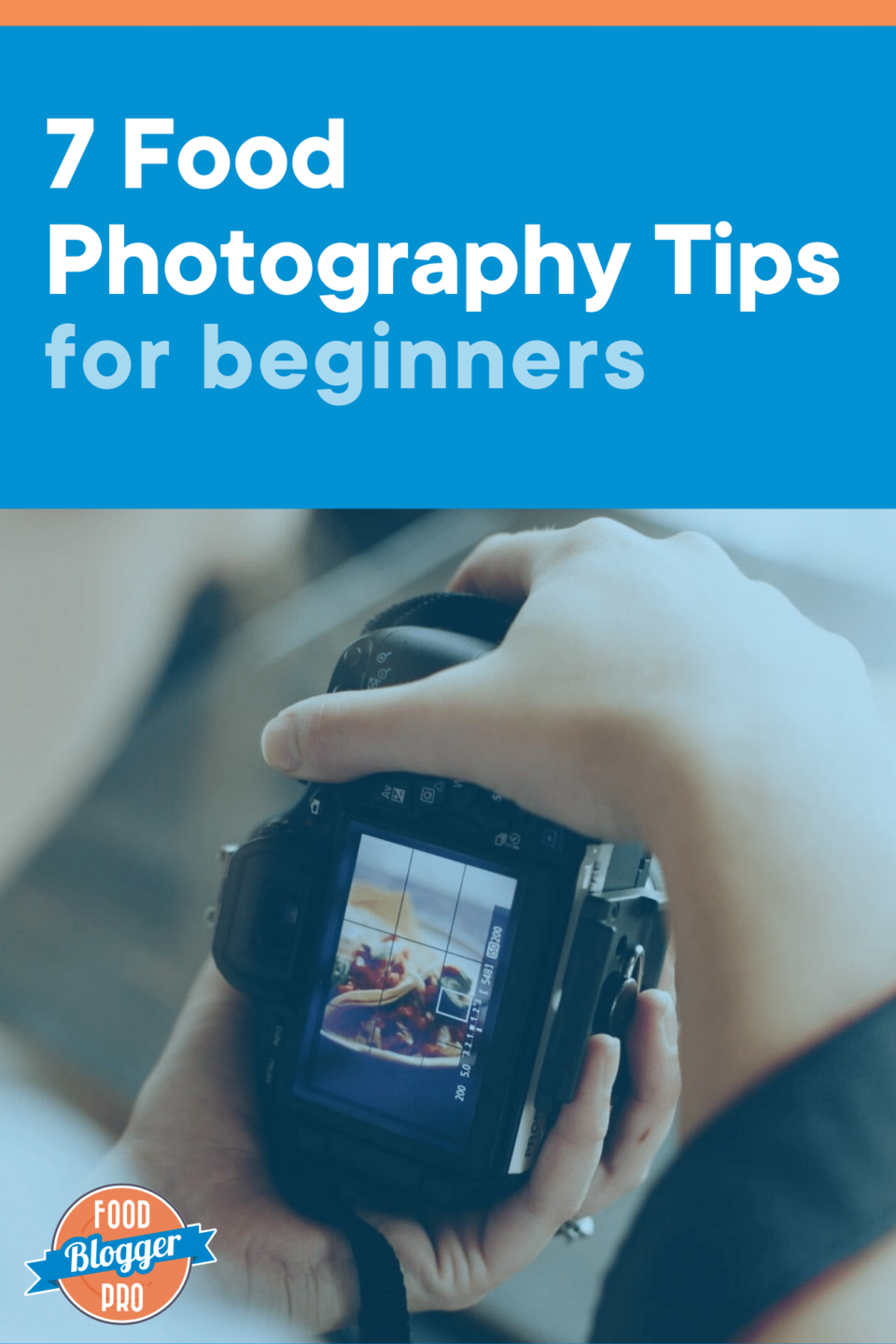So you want to start a food blog? Congrats! We couldn’t be more excited for you. 😊
We’re guessing you’re here because you probably have a million questions like:
- How do I start my blog?
- How do I get a URL?
- What are the elements of a successful food blog?
And if that sounds like some of the questions floating around in your head, then you’re in luck!
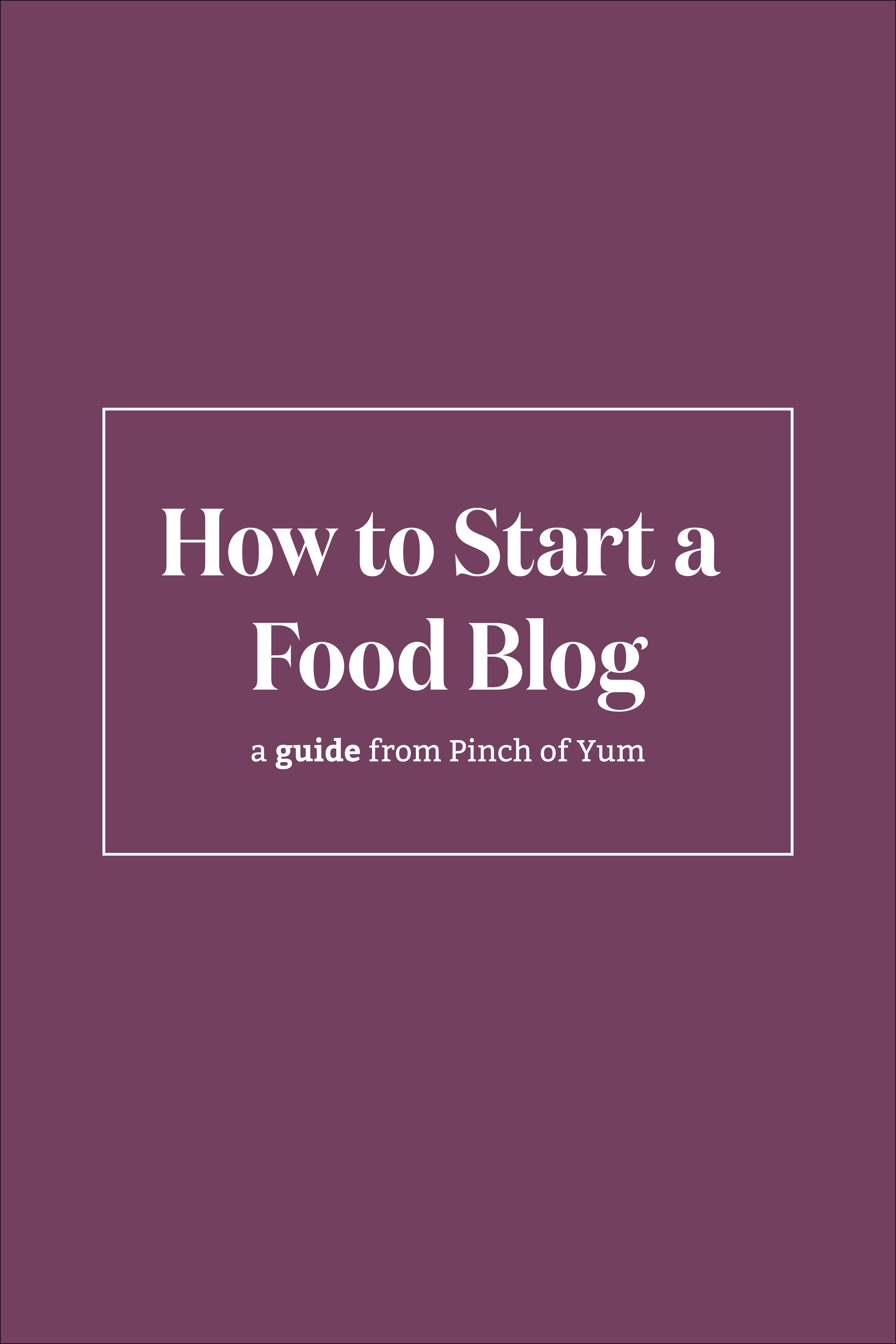
We started Pinch of Yum over 12 years ago in 2010, and it has now grown into a full-blown business (!!) that reaches millions of people with fun recipes each month. We’ve learned so much during our time in the blogging biz, and we love to share what we know here and on our sister site, Food Blogger Pro.
Food Blogger Pro is an educational site we started in 2013, and it’s there you’ll find information all about helping food bloggers start, grow, and monetize their food blogs. We’re talking courses, community, podcast episodes, blog posts… all the goods!
Starting a food blog can be one of the most rewarding, motivating, and exciting ways to share your ideas and recipe content with the world wide web, and we hope that this page will help you along the way.
Let’s start simple:
🥑 What Is a Food Blog?
A food blog (also known as a food site or recipe site) is a website in which the author publishes recipes, writes about food, reviews restaurants, and/or talks about their favorite food products.
Some popular food blogs you may have heard of (or cooked from!) are:
- Pinch of Yum (aka where you are right now!)
- Sally’s Baking Addiction
- What’s Gaby Cooking
- Grandbaby Cakes
- David Lebovitz
- Damn Delicious
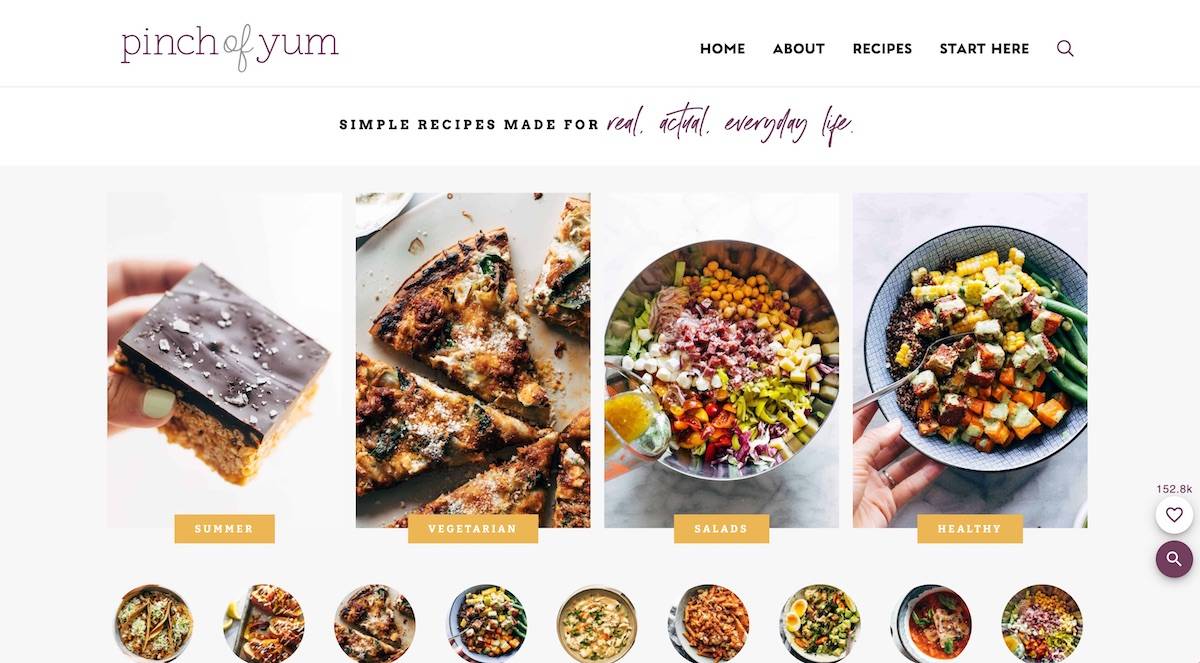
There aren’t any true “rules” to what you can and can’t publish on a food blog, so that means you can make it what you want! Maybe you want to make a blog all about your favorite vegan recipes. Maybe you want to talk about recipes in books. Or maybe you want to have more of a blog that covers recipes and other lifestyle content.
Regardless of your blog’s focus, the tips and strategies you’ll find on this page will be relevant to and helpful for you. 😊
🤔 Why Start a Food Blog?
People start blogging for many different reasons, and it’s often a combination of a few different motivators that inspire bloggers to actually start blogging. Which resonate the most with you?
- To Make Money –– Did you know that food bloggers are some of the top earners out of any kind of blogger? There are a ton of different ways to make money from blogging like sponsored content, affiliate marketing, and display ads. We cover the top ways bloggers are monetizing their sites in Food Blogger Pro’s free ebook, 18 Ways to Monetize a Food Blog.
- To Do More of What You Love –– If you love to write, photograph food, develop recipes, share content on social media, or connect with people online, you’re in the right place! Bloggers wear a lot of different hats, especially when they first start out, so staying in touch with the things you really love to do will help you stay motivated and focused.
- To Help Others –– Do you have a passion for helping people find freedom through gluten free cooking? What about assisting people meal plan healthy and nourishing meals for their families? Helping others through your content can be a huge motivator and help you narrow down your niche (more on that later!).
- To Establish Your Authority in Your Field –– If you work with clients or have another side business that relies on your knowledge of food (think: a registered dietitian), the content you publish on a food blog can be a great way to prove yourself as an expert and establish trust in your field.
- To Document Family or Well-Loved Recipes –– A food blog can be an awesome place to preserve family-favorite recipes that are accessible from anywhere!
- To Have a Creative Outlet –– If your full-time job isn’t as creative as you’d like (or if you’re a stay-at-home parent who is looking for a fun way to exercise your passions), a food blog can be an exciting supplement to your other responsibilities.
These are just a few of the main reasons why someone may want to start a food blog. Starting a food blog can open many doors in terms of your professional and personal growth, and it has given us so many opportunities to connect with others and inspire readers with recipes that are approachable, exciting, and (of course!) delicious.
🌮 Establishing Your Food Blog Niche
You can think of a food blog niche as a focus. What are your favorite types of recipes? What are you most passionate about cooking? If you’ve already started publishing content, what does that content have in common?
Some popular niches include things like vegan recipes, meal planning, budget-friendly recipes, and region-based recipes (like Italian or Indian).
Niches are important because they help you find the right audience, define your content, and encourage readers to keep coming back for more because they know what to expect from you. Your niche is essentially telling people why your blog exists.
When choosing a niche, try answering some of these questions:
- What do you do better than anyone else?
- What’s the #1 reason why people would keep coming back to your site?
- Why might people refer others to your blog?
- What expertise do you have in a specific field, focus, or cuisine?
- What motivates and inspires you?
- What are your values?
- Who is your ideal audience and what are you helping them do?
Once you have a niche in mind, try to find ways to incorporate it into your content. Create a catchy subtitle about it and include it in your emails, on your homepage, and in your posts. Write an About Me page where you talk about your background and why you chose your niche. Create excellent niched content for your blog and on social media.
Pinch of Yum is kind of the anti-example when it comes to niching. Our niche is pretty broad –– simple recipes made for everyday life. A general niche like this makes it a little more difficult for your readers to understand what you do and what you’re all about.
We started our blog back in 2010, so we have many years of content under our belts, which is one of the reasons why our more general niche works for us. That said, if we were to start a food blog today, we’d probably choose a more focused niche to help us reach a more concentrated audience and to inform our content direction.
We have some good podcast episodes over on The Food Blogger Pro Podcast where we go in-depth into the importance of a niche. You can find them here, here, and here!
🤓 The Techy Elements Of a Food Blog
The good thing about starting a food blog with this guide is that you don’t need to be a Tech Wizard in order to do it!
If you’re a visual learner and would prefer to watch some videos that show you each step you need to take to have a food blog up and running in just a few minutes, Food Blogger Pro has a FREE course available for you! It covers everything you see on this page (and more):
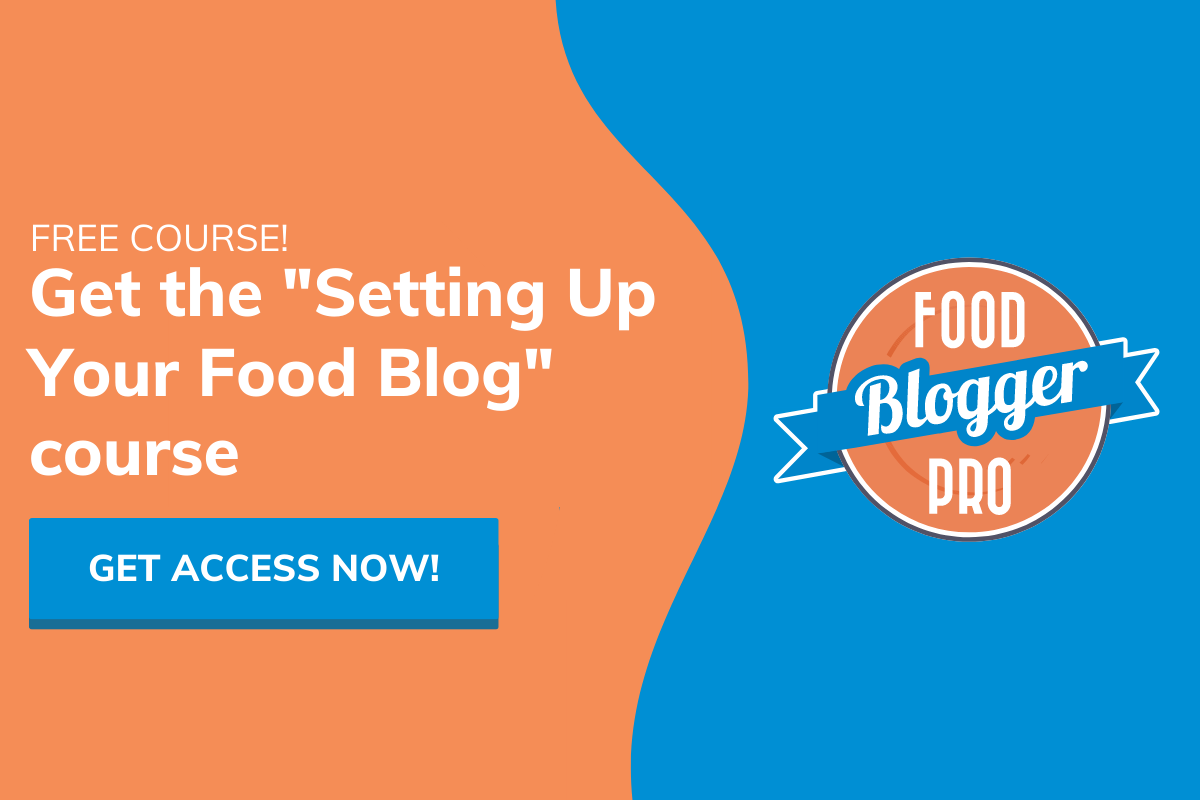
Otherwise, let’s dive in!
There are three important tech elements you need to decide on when starting a food blog:
- CRM: This acronym stands for Content Management System, and it’s the tool you’ll use to actually publish content on your site. As an example, think about the operating systems for a phone (iOS) or a computer (Windows). The CRM we recommend for all food bloggers is called WordPress, but more on that in a bit.
- Hosting: You can think of this like a house –– your website needs somewhere to live on the internet!
- Domain: The fun part! This is the name of your blog and what URL someone will type into a search bar to find your website. For example, our domain is pinchofyum.com. 😊
The CRM is free, while the other two require a fee.
Let’s take each step-by-step, shall we?
CRM (We Recommend WordPress)
While there are a few popular CRMs on the market these days (Squarespace, Wix, WordPress, to name a few), we highly recommend WordPress for your food blogging needs.
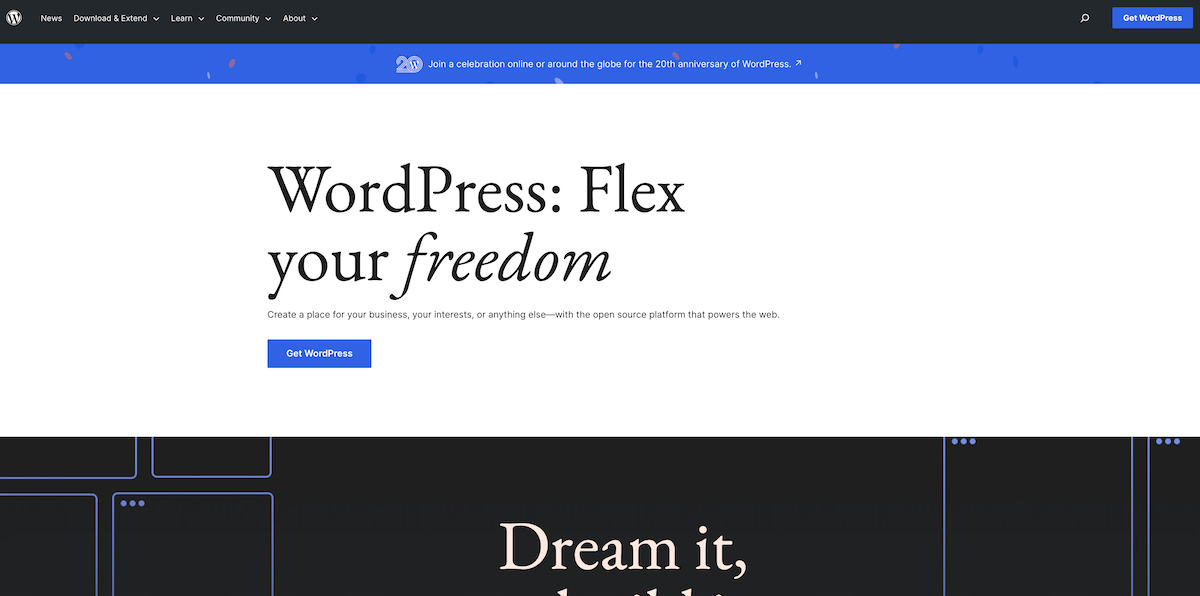
Why? Well, here’s a whole blog post about it! It’s definitely worth a read, but here are the highlights:
- WordPress is huge. In fact, it currently powers 43%… of the entire internet. 🤯 So you know it’s trusted and supported.
- WordPress is flexible. It’s an open-source software, so you can modify your site to your heart’s content! Not only that, because of this, developers and designers make it easy for non-techy folks to make changes and customize their own sites through the use of plugins and themes. Speaking of…
- WordPress plugins and themes give your blog additional functionality and features. There are free and premium versions for both, but if you have an idea for your website, chances are there’s a plugin or theme that can help you make it happen.
- WordPress is relatively easy to use. Even if you’re not a tech-savvy person, you don’t want your CRM to hold you back from sharing your thoughts, ideas, and recipes! Most hosts have a one-click WordPress install button, and from there, you just need to spend some time getting used to it.
And remember, WordPress is free to use! So it’s really a no-brainer in our opinion. 😉
Hosting
There are hundreds of different hosts that will help give your site somewhere to live on the internet. If you’re just starting out, we like and recommend SiteGround.
Their set-up process is really simple, and you can take care of your hosting, domain, their prices aren’t too expensive for bloggers who are just starting out, and WordPress installation all through them!
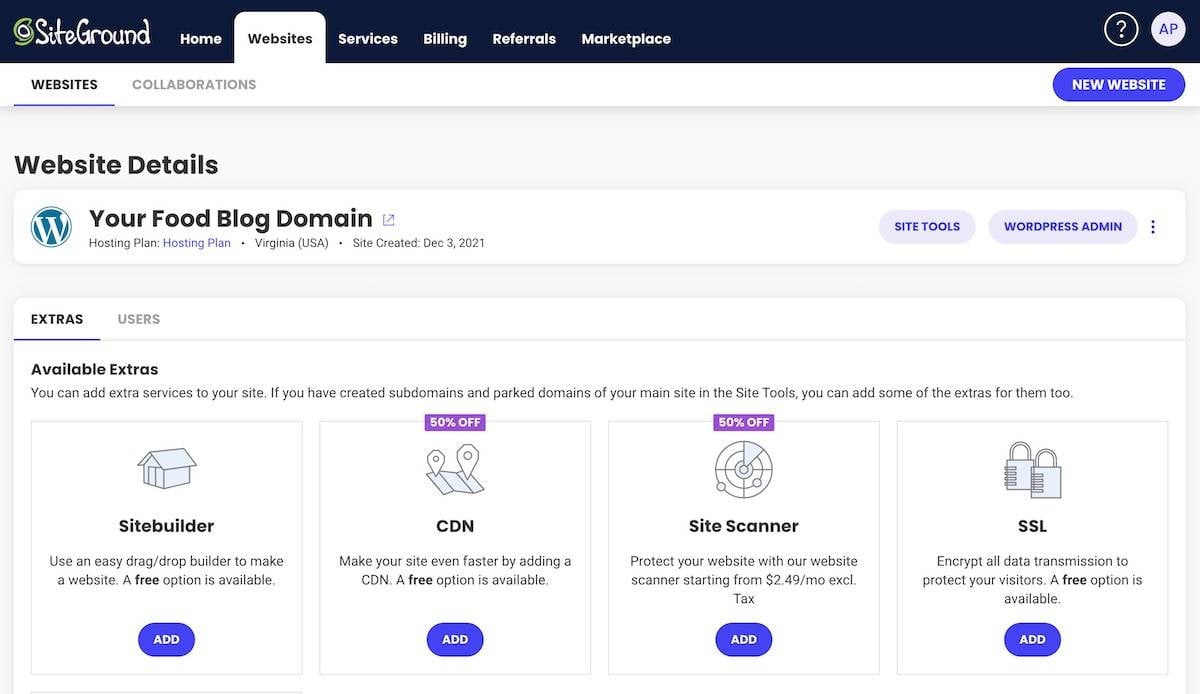
Others in our community also like and recommend:
Domains
In general, your food blog’s name should be memorable, easy to pronounce and type, and something you really love.
When selecting your domain name, consider the following:
- Is the domain available as handles across social media channels? If you’re planning on promoting your content on social media, you may want to verify that the handles are available for consistency across platforms. For example, you can find Food Blogger Pro across all social media channels at @foodbloggerpro.
- Is the .com version of your domain available? While there other top-level domains (that’s just the way a URL ends!) like .co or .blog, we really love URLs that end with .com because they’re easiest to remember!
- What’s the general vibe you’re trying to convey with your blog? Are you publishing family recipes? Vegan recipes? Drink recipes? Maybe your domain/blog name can convey the focus of your food blog.
To help you with these questions, we really like tools like Domainr and Namechk.
As for actually purchasing your domain, we recommend doing that through your host so it’s nice and simple for you. For example, if you choose SiteGround as your host, you can purchase your hosting plan and your domain name at the same time! Simplicity for the win!
Purchasing Your Hosting and Domain
If you’re using SiteGround, you’ll want to check out their WordPress hosting plans. If you’re a brand new blogger, the StartUp plan should work great.
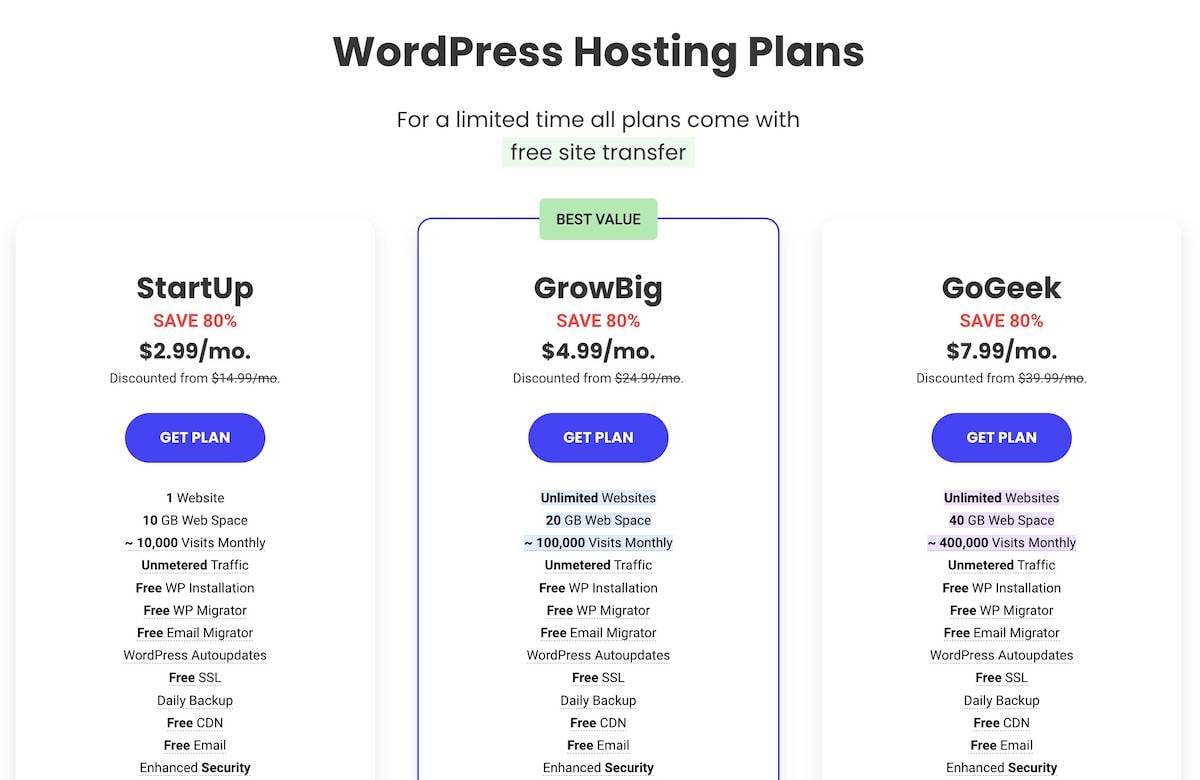
Once you select your plan, you can register your domain. If you’ve already researched to make sure your chosen domain is available, you can just type that in here.
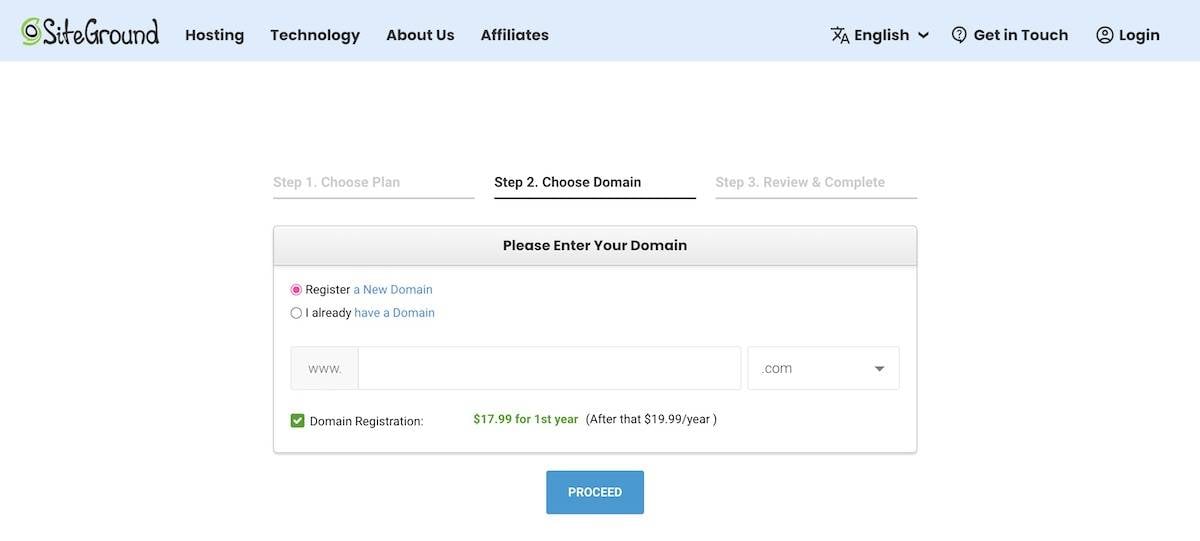
Then you’ll follow the rest of the steps to set up your site, making sure to choose WordPress when prompted to select your CRM.
We also recommend purchasing Domain Privacy so that your personal details (name, address, etc.) aren’t publicly available after you purchase your domain. If you skipped it during the sign-up process, you can purchase it by following these instructions.
🎨 Themes For Food Bloggers
Themes are website designs that make your blog look and act differently. There are a ton of different WordPress themes ranging from free to premium, so it’s really just a matter of finding one that suits you and your needs.
A good place to start, especially if you’re a brand new blogger, is the WordPress Theme Repository. There are nearly 10,000 free themes for you to browse and choose from there, and you can filter the themes by subject, features, and more.
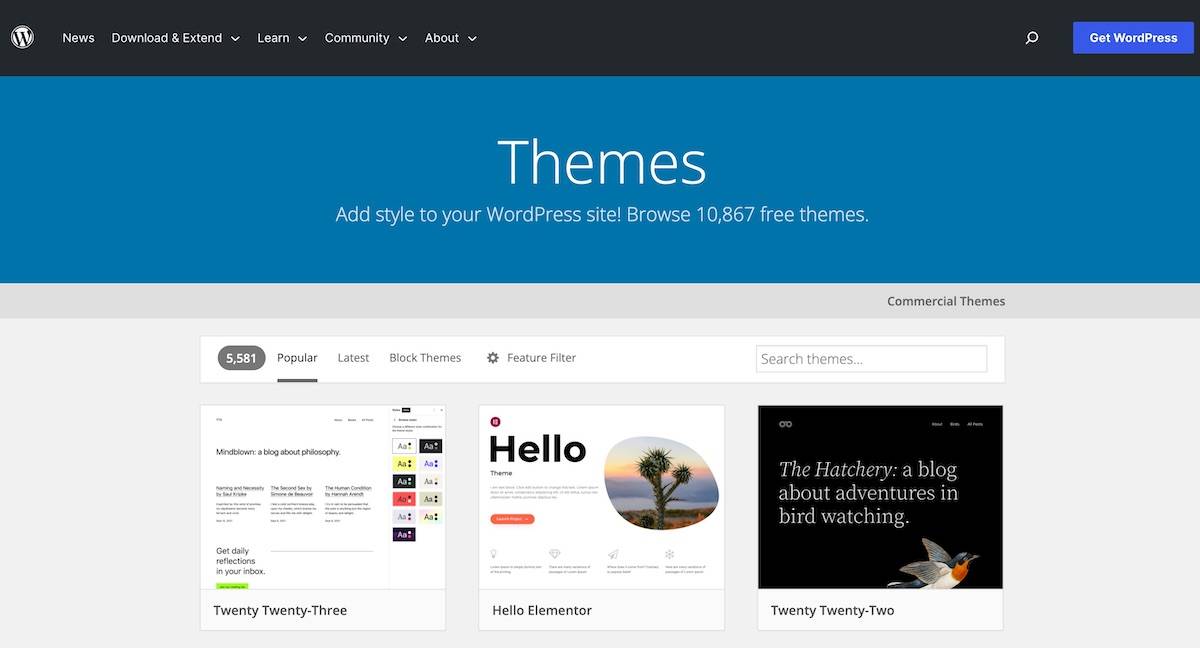
Other premium themes (i.e. the themes you need to pay for) have additional support and features. In terms of popular premium themes, our community really loves the themes included within the Feast Plugin since they’re designed specifically for food bloggers.
You can also work with a designer/developer for a custom theme (which is what we use here on Pinch of Yum).
🔌 Essential Plugins For Food Bloggers
Remember when we talked about plugins? You can think of them as the apps on your phone –– WordPress plugins give additional functionality to your site just like apps give additional functionality to your phone.
There are a few plugins that we consider essential for all food bloggers because of the impact they can have on the usability of your site:
A Recipe Plugin
Recipe plugins are great because they allow you to publish recipes in a visually-pleasing and user-friendly way. They also send important information about your recipes to search engines (like Google!).
Food Blogger Pro wrote a big ol’ post about the importance of recipe plugins and how to choose the right plugin for your blog that you can find here.
A Google Analytics Plugin
How do you know how your posts are performing? Which of your recipes are resonating most with readers?
These are some of the questions that Google Analytics, a free tool from Google, helps you figure out!
First, you’ll need to set up Google Analytics for your site. Once you have your tracking code, you can add it to your site using a plugin like Monsterinsights.
An SEO Plugin
If you’re just starting out, you may not know what SEO means –– and that’s okay! SEO stands for Search Engine Optimization, which is the process of optimizing your content for search engines.
Search engines (like Google or Pinterest) want to produce the very best content for their users, and SEO is the process of making your content better for those users.
Yoast SEO is our SEO plugin-o-choice because it’s powerful, easy to use, and trusted by millions of other WordPress site owners.
There’s a free version and a premium version that has a few more features, but it’s a solid plugin that will help you in your SEO efforts.
And! If you’re interested in learning more about SEO, check out this post for some top SEO tips for food bloggers.
Even More Recommendations!
We have an updated list of the plugins we rely on most to run Pinch of Yum right here. There are tons of different plugin options available, so it’s all about finding the ones that do what you want them to do without putting too much strain on your site.
You can also check out this episode of our sister site’s podcast, The Food Blogger Pro Podcast, with Food Blogger Pro WordPress Support Expert, Andrew Wilder about his top plugin and tool recommendations for food bloggers:
🏆 How To Run a Successful Food Blog
This is what Food Blogger Pro is all about!
While we can’t cover everything that’s required to run a successful food blog here (that’s what the Food Blogger Pro membership is for!), they do have some free resources that will help you learn from others and build and grow your site:
Listen to Top Advice About Starting a Food Blog
Every week on The Food Blogger Pro Podcast, they interview successful food bloggers and industry experts in an effort to surface strategies that can help you more efficiently grow and monetize your site. If you’re at the point where you’re ready to start your blog (or maybe you’ve already started and are looking for some next steps!), these are the podcast episodes we’d recommend for you:
Read About Tips and Strategies for Starting Your Blog
When starting a food or recipe blog, there are a lot of decisions to make. From hosting and domain names to figuring out when you’ll actually work on your blog, it’s easy to fall into analysis paralysis in the beginning stages of this process. Luckily, we’ve been where you are right now, and the team has lots of advice to share about what worked (and what didn’t) for us:
A Community to Support and Guide You
With a Food Blogger Pro membership, you get immediate access to the courses, lessons, Q&As, and deals that make the process of starting a food blog even easier. Here are a few member-only courses that can help you as you move to start your own food and recipe site.
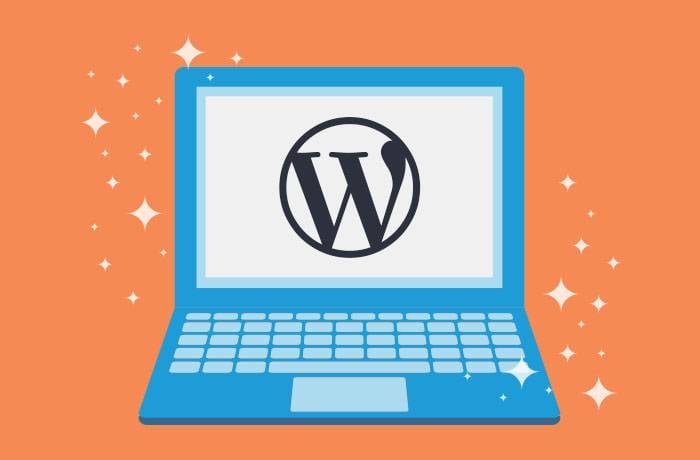
WordPress Deep Dive
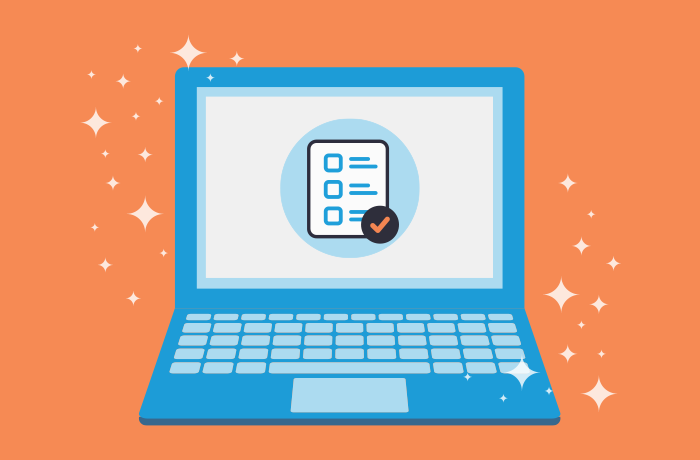
Publishing a Blog Post
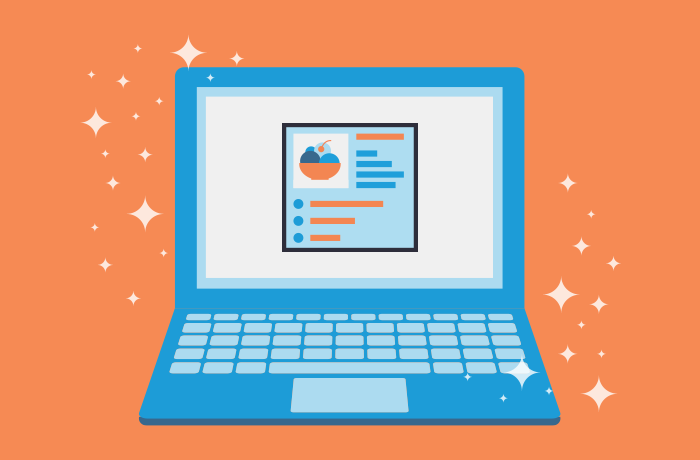
How to Write Recipes
🤔 FAQs About Starting a Food Blog
Out of all of the questions we get asked about food blogging, these are the ones that pop up most often:
Remember that the core of any recipe site is the content you’re publishing, so that’s what we recommend focusing on as a beginner. Create the very best content that you can, and fill in with the other extras (like video, monetization, and social media strategies) when you can. If your product (aka. your content!) is sub-par, those extras won’t matter very much.
There are some initial costs you’ll need to consider when starting a food blog:
1. Hosting –– This can range from a couple of dollars a month to thousands of dollars a month as your blog grows. When you’re first starting out, plan to spend $50/year on the lower end to $100/year on the higher end.
2. Domain –– Short, catchy domains typically cost a bit more money (sometimes in the thousands of dollars range!), but most domains that are available these days cost less than $15/year.
3. Ingredients and/or Meals –– Depending on the type of content you publish on your food blog, you’ll need to purchase the ingredients (for any recipes you make) and/or meals (for the restaurant reviews you publish). The amounts can vary wildly from blogger to blogger, but this is the cost that you can control the most!
You don’t need a fancy DSLR camera or props to start a food blog –– start with the gear that you have (even if that’s just a smart phone!) and upgrade if and when you’re ready to.
When you’re just starting out, we recommend building up your content
But if you’ve been publishing high-quality content for a while and are ready to unlock some monetization opportunities, there are a lot of different ways to get started.
The key to maximizing the money you can make as a food blogger is to diversify the ways that you’re bringing money in. Some of the most common ways that food bloggers monetize are through display ads, sponsored content, and selling products.
If you’re looking for more monetization ideas, check out Food Blogger Pro’s free ebook, 18 Ways to Monetize a Food Blog!
This is one of the most common questions we get! We suggest to just launch, and fill out the content later.
Your blog doesn’t need to be 100% perfect and polished in order for you to start blogging. Things change in this industry a lot, so perfection doesn’t really exist. 🙃
But by launching, you’re taking the most important (and most difficult!) step –– creating a place all your own on the internet.
Launch your blog and then focus on creating that top-notch content to start building consistency and an audience.
This is an easy one: as often as you can publish high-quality content (if you’re a food blogger, that means that your recipes and posts are great, your photos are beautiful, you’re answering the questions your readers have, and your post is a helpful piece of content).
You get to choose what’s consistent and attainable for you, so take a few weeks to figure out how often you can produce that great content and stick to that schedule.
We hope this was a helpful jumping off point for you and your food blogging journey. ❤️ Remember: You can get instant access to Food Blogger Pro’s “Setting Up Your Food Blog” course right now, and it’ll walk you through each step of the setup process. You got this!
